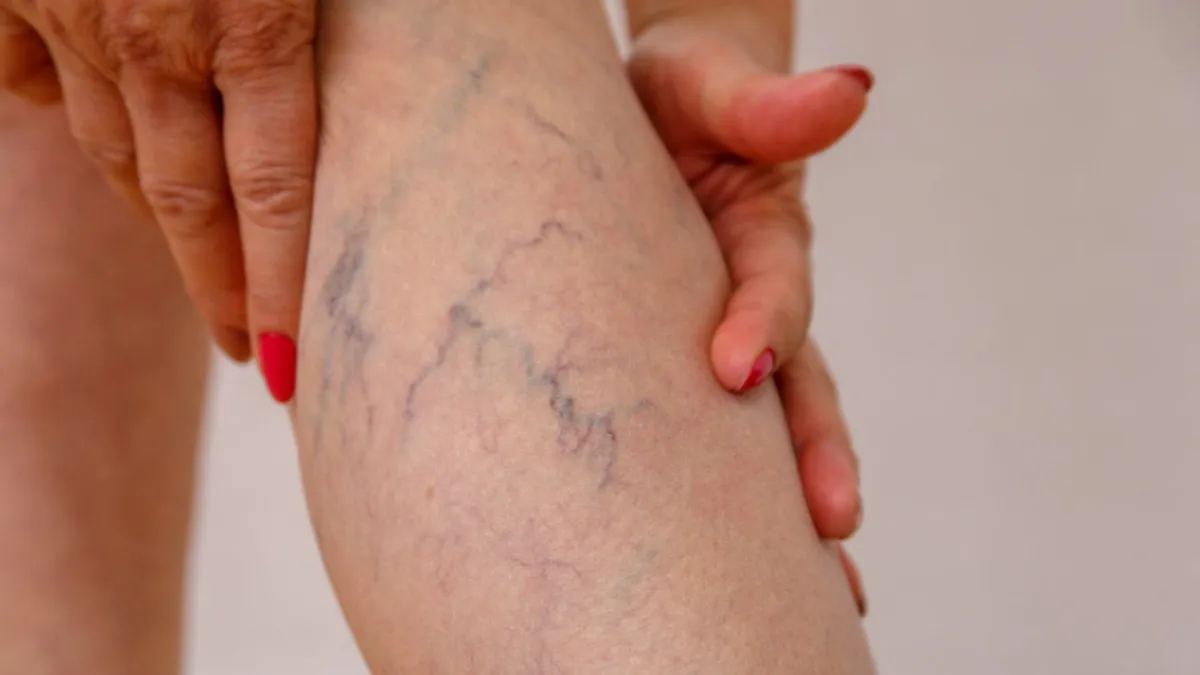Varicose veins are often misunderstood condition that affects 40 to 50% of Indians. These enlarged, twisted veins can appear blue or purple and typically occur in the legs. While varicose veins are generally harmless, they can cause discomfort or pain for some individuals. One misconception about varicose veins is that they only affect older adults. But, it's a known fact that they can develop at any age due to factors including genetics, pregnancy, obesity, or prolonged periods of standing. For some individuals, the visible appearance of varicose veins can lead to feelings of insecurity or embarrassment. However, according to Dr Jaisom Chopra, Vascular Surgeon, at Apollo Spectra Hospital Delhi, it's important to note that treatment options are available for those seeking relief from symptoms or wishing to improve the cosmetic appearance of their veins.
The symptoms:
Varicose veins are more than just a cosmetic concern; they can cause discomfort and pain. One common symptom is the appearance of bulging, twisted veins on the legs, which can be unsightly and embarrassing for many individuals. These veins may also feel heavy or achy, especially after standing for long periods. Some people with varicose veins may experience swelling in their legs and ankles, a condition known as oedema. This swelling can make it difficult to wear clothes or shoes comfortably and may be accompanied by a feeling of tightness in the affected area. In severe cases, varicose veins can lead to skin discolouration or ulcers that require medical attention.
The diagnosis:
Of varicose veins is a physical examination conducted by a healthcare professional. They may visually inspect the affected area, feeling for any abnormalities and assessing the severity of the condition. Specialised tests such as ultrasound and Doppler ultrasound can accurately assess venous reflux and identify underlying issues contributing to varicose veins.
The treatment:
Radiofrequency Ablation (RFA) is a minimally invasive procedure that uses laser energy to seal off the affected vein. This technique has shown promising results in reducing pain and discomfort associated with varicose veins, offering patients a quicker recovery time and minimal scarring compared to traditional surgical methods. RFA targets the underlying cause of varicose veins, providing long-term relief by closing off the vein and redirecting blood flow to healthier vessels. Sclerotherapy involves injecting a solution directly into the affected vein to make it collapse and eventually fade away. This procedure is suitable for smaller varicose veins or spider veins and can be performed in an outpatient setting with little to no downtime.
The preventive measures:
To prevent varicose veins, it is important to maintain a healthy weight through regular exercise and a balanced diet. Incorporating swimming or cycling can help improve blood circulation and reduce the risk of developing varicose veins. Practising good posture and avoiding long periods of sitting or standing can also help prevent the development of these unsightly veins. Elevate your legs regularly throughout the day, especially after long periods of sitting or standing to promote healthy blood flow and reduce pressure on the veins in your lower body. Wearing compression stockings can provide support to your veins and help prevent blood from pooling in the legs, reducing the risk of developing varicose veins over time.
ALSO READ: Study finds why you should not ignore joint pain, stiffness in your body

